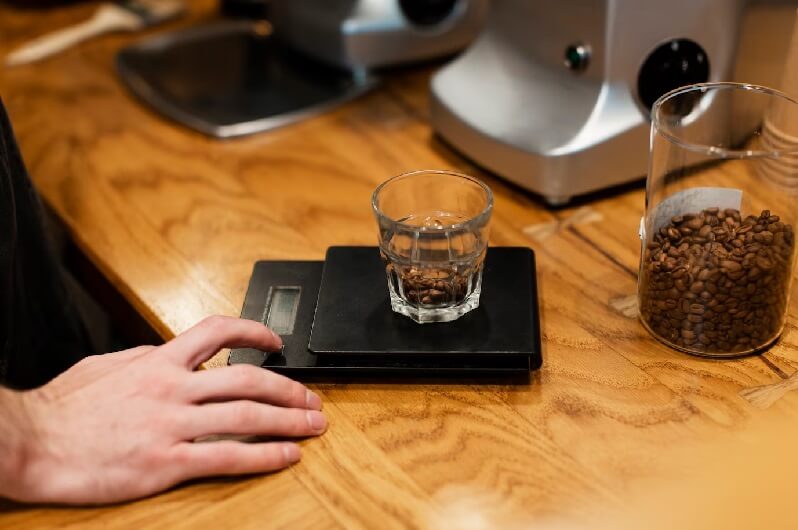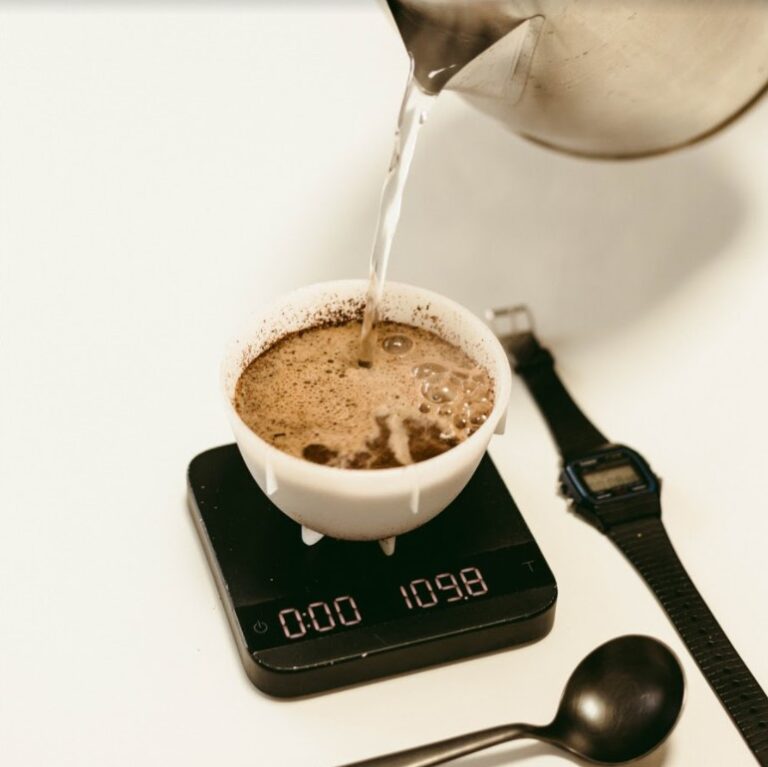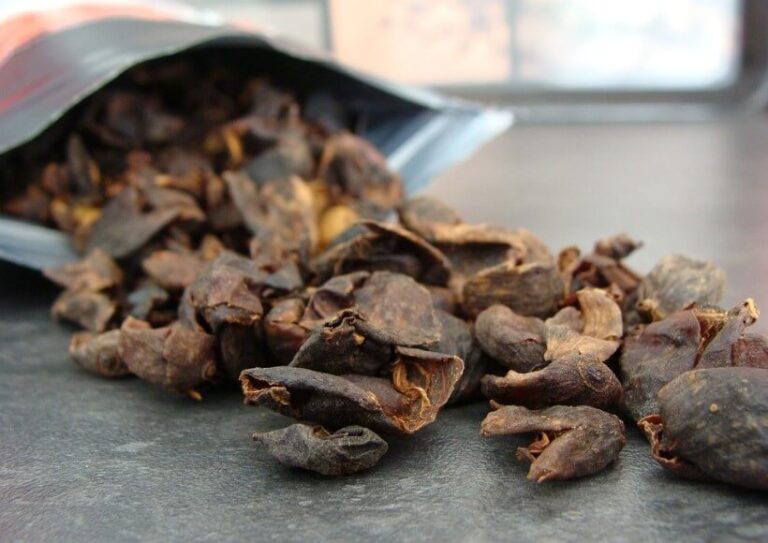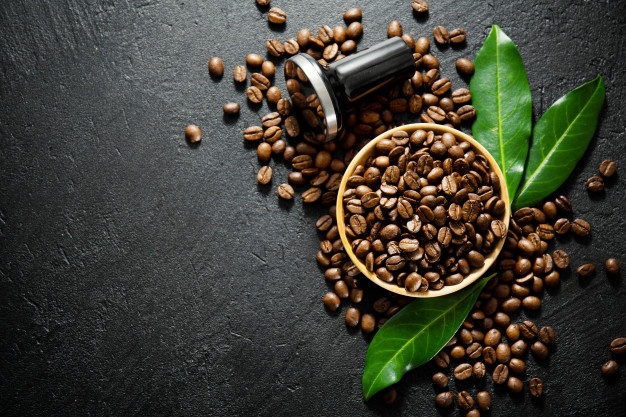Last week, I had the opportunity to participate in yet another exciting coffee cupping session. Cupping is a process that allows us to evaluate different coffee varieties and assess their quality fairly. But how does one properly taste coffee through cupping?
What is coffee cupping?
Coffee cupping is the process of tasting coffee for various purposes. In roasting facilities, cupping is essential for selecting and ensuring the quality of coffee beans.
Cupping is an indispensable method for assessing new coffee batches in coffeehouses to determine the ideal settings for achieving the desired flavor profile. This includes considering factors like quantity, grind size, and water temperature.
One of the most significant advantages of cupping is that it provides an environment where no coffee-making equipment affects the taste of our coffee. This allows you to appreciate the unadulterated essence of each brew fully.
What do you need for coffee tasting?
To embark on a successful coffee-tasting journey, you’ll need essential tools, including
- Arabica coffee
- a high-quality coffee grinder,
- a scale,
- a timer,
- filtered water
- hot water, so a water kettle,
- and, of course, cupping bowls designed specifically for this purpose.

If you’re serious about specialty coffee, you must equip yourself with the right tools. Specialized cups, spoons, and water kettles designed for precise and residue-free pouring are essential for proper cupping.
However, the most critical factor is concentration. It’s crucial to experience and interpret the tasting notes fully. To do this, you must be present at the moment and completely immersed in the sensory experience. Only then can you discover the various flavors.
What is a cupping spoon?
The cupping spoon typically has a deep, bowl-like shape, allowing it to hold enough liquid when slurped from the cup. The size and shape of the spoon enable tasters to aspirate the coffee rapidly. So you can create a loud slurping sound that helps distribute the coffee across the entire palate and enhances the tasting experience.
The materials used to make cupping spoons are essential for maintaining the integrity of the cupping process.
- Most cupping spoons are made from stainless steel,
- which is inert and does not react with the coffee,
- ensuring that the taste remains unaltered.
- The spoon handle is usually long enough to prevent the taster’s hand from getting too close to the cup,
- so the temperature of the coffee doesn’t influence the experience.
A professional coffee taster and the coffee flavor notes: Can you learn this?
Absolutely! Improving our coffee-tasting skills is a journey that involves plenty of tasting and an open mind. Additionally, trying different coffee varieties, especially those with specified flavor notes on the packaging, can be immensely helpful. The goal is not to blindly search for specific flavors but to recognize and identify the existing ones.
Remembering that the flavor notes don’t necessarily mean the coffee will taste precisely like those items listed on the bag is crucial. Instead, we can unveil the coffee’s unique character by paying attention to the aroma, aftertaste, acidity, and overall sensation.
Now, let’s delve into the coffee cupping process step by step.
Coffee cupping: step by step
First, we grind the coffee beans to the appropriate size and then pour hot water over them in the cupping bowls, ensuring the water temperature is below boiling point. This prevents excessive extraction. The typical coffee-to-water ratio is 12 grams of coffee to 200 grams of water. After four minutes, a crust or foam forms on top of the cup, and we break it by gently sniffing the aromas and carefully removing the layer. The coffee is left to cool for 6-8 minutes before tasting. Allowing the coffee to cool sufficiently is essential, as scalding the tongue would ruin the tasting experience. With the cupping spoon, we take a sample from the top of the cup and slurp it rapidly, ensuring the flavors reach all parts of our mouth and tongue, enabling us to detect every nuance.
Do you need to spit out the coffee?
Some tasters prefer to spit out the coffee during cupping sessions after sampling. This practice is common in professional coffee cupping or when tasting multiple coffee samples.
By spitting,
- we avoid consuming excessive caffeine,
- and it maintains our palate’s sensitivity as we evaluate several coffees in succession.
However, when you enjoy a single cup of coffee in a more relaxed setting, you can savor it without spitting. This allows you to fully immerse yourself in the flavors and experience what your coffee offers.
Cheers to the delightful world of coffee cupping!




